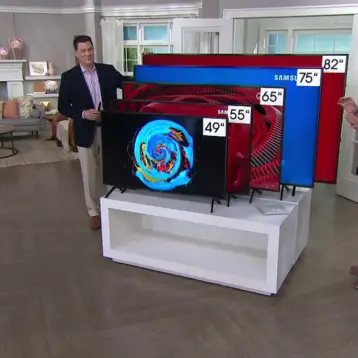NASA recently formed technical partnerships with the U.S. Air Force and National Renewable Energy Laboratory to address thermal-control concerns in microprocessors. The problem is as old as the days of the integrated circuit which appeared in the 1960’s and is the basis for the modern computer age. The more advanced the electronics, the more power it use and the hotter it gets. This can easily lead to overheating which can cause malfunction.
The new EHD thermal control will be demonstrated in June on NASA’s Terrier-Improved Orion rocket mission, which is flying the Small Rocket/Spacecraft Technology (SMART) platform. This new microsatellite measures about 16 inches in diameter and was specifically designed to give scientific users less expensive access to space.
According to NASA, the main objective of the EHD demonstration is showing that a prototype pump can withstand the extreme launch loads as the rocket lifts off and hurtles toward space. Should it survive the vibration, the technology will have achieved a major milestone in its development. Another test is set to 2013 when the EHD will be taken into the International Space Station and tested as part of a long-term operation.
The EHD technology promises significant advantages over more traditional cooling techniques including:
- EHD does not rely on mechanical pumps and other moving parts (Instead, it uses electric fields to pump coolant through tiny ducts inside a thermal cold plate. From there, the waste heat is dumped onto a radiator and dispersed far from heat-sensitive circuitry that must operate within certain temperature ranges).
- EHD is lighter (having no mechanical parts).
- EHD also consumes less power (roughly half a watt in its current form),
- EHD can also be scaled to different sizes (from larger cold plates to microscale electronic components and lab-on-a-chip devices).
According to Ted Swanson, assistant chief for technology for Goddard’s Mechanical Systems Division: “Any electronic device that generates a lot of heat is going to benefit from this technology. This could include everything from sensors flown in space to those used in automobiles and aircraft”.
TFOT covered many advanced cooling technologies in the past including: a liquid-cooled AIO prototype, refrigerators which cool future computers which is a miniature refrigeration system, small enough to fit inside laptop computers and IBM’s nano-water cooled chips where tiny pipes of water can be used to cool next generation PC chips.
More information on the EHD technology can be found on NASA’s website.











